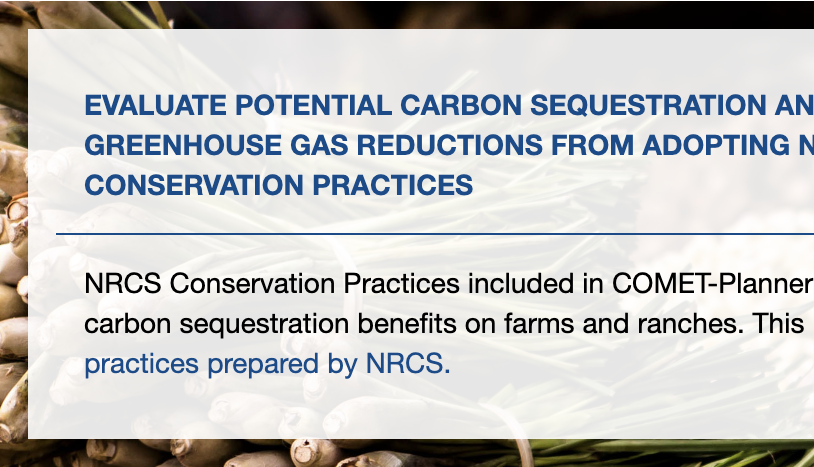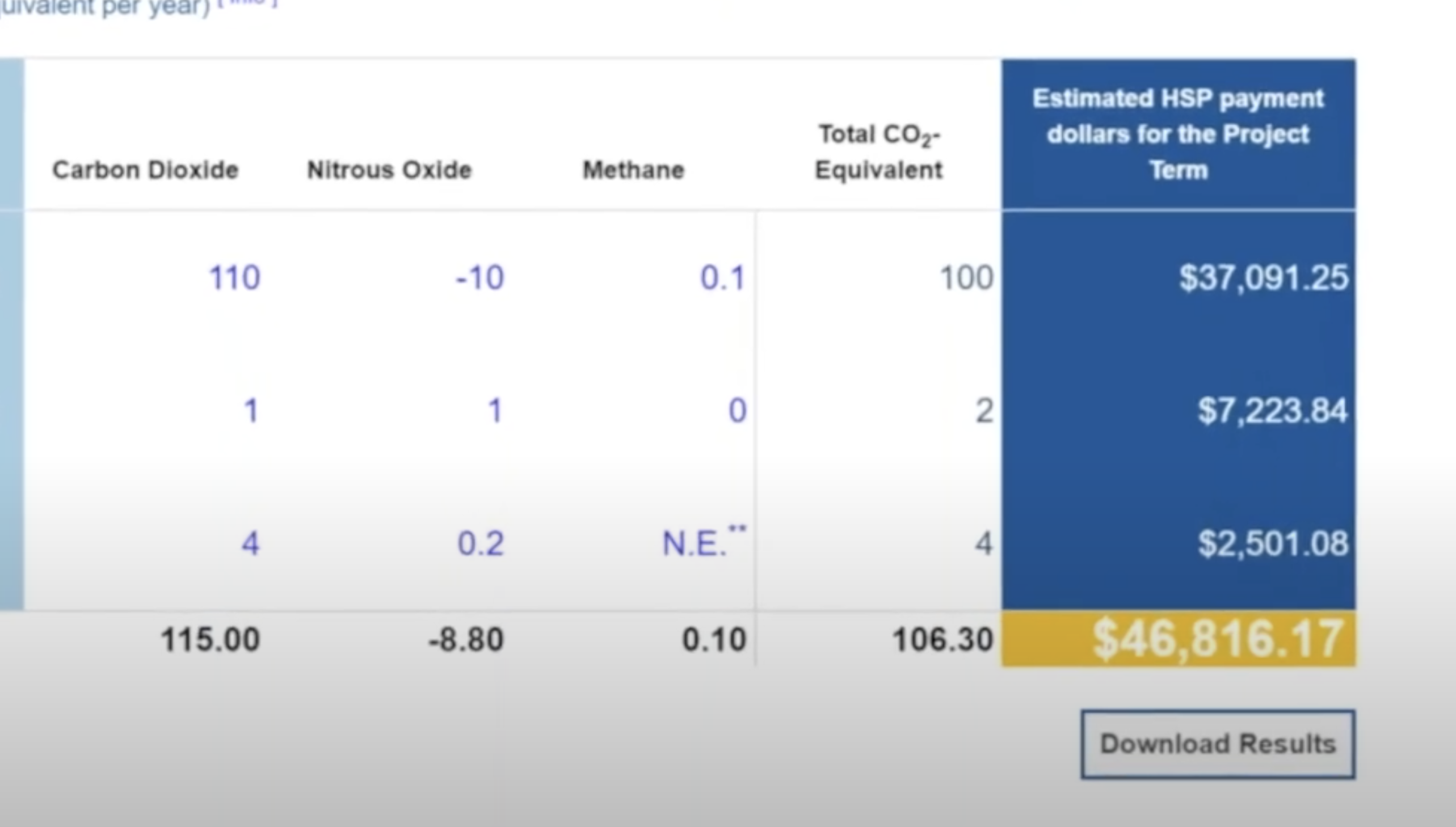
Soil Carbon Measurement and Modeling
There is a common maximum, measure, model and manage. It is important to know the impacts of practices when it comes to increasing soil carbon. However, measurement techniques for soil carbon vary considerably and can be time consuming and costly. We recommend conducting baseline sampling and repeating field-level samples every 3–5 years. This level of measurement can help producers and others interested to track changes in soil carbon. Models can be used to estimate total possible carbon sequestration from change in management practices. Both measurement and modeling can be used to develop carbon credits or other standards and premiums that add value to good produced under healthy soil practices or in a climate-beneficial manner.
CA NRCS ORGANIC SOIL CARBON SAMPLING PROTOCOL
Working with the North Bay RCDs and the California Natural Resources Conservation Service in 2016, MCP supported the creation of an official California State organic carbon sampling and measurement protocol. Baseline sampling is recommended for people wishing to understand more about their soil carbon. It is required for carbon farm planning purposes.
MODELING TOOLS
In efforts to forecast possible soil carbon benefits from different management scenarios, MCP worked with USDA NRCS to create an easy-to-use online tool that allows users to input basic data regarding location and practice change and calculate projected carbon benefits. COMET-Planner provides a list of 30-plus approved NRCS Conservation Practices that are known to increase above- and belowground carbon. Since its inception in 2014, COMET-Planner has been updated to include data parameterized at the regional level in all US states. For California producers, there is also the COMPOST-Planner, created by the California Air Resources Board (CARB) to calculate the soil carbon benefits of compost application.
While the CARB COMPOST-Planner is a stand-alone calculation tool, COMET-Planner and its sister COMET-Farm are based on the same models used by the USDA, USEPA and the International Panel on Climate Change (IPCC) to forecast soil dynamics and carbon stocks in different ecosystems under varying management and land use regimes. The Century and DayCent models simulate fluxes of carbon, nitrogen, phosphorus, potassium and sulfur in the atmosphere, vegetation and soil. The models are hosted by Colorado State University and were used in all MCP research.
Tools and Templates
MCP has assisted in the creation of the NRCS COMET tools so that producers can estimate the carbon benefits of specific conservation practices in their land.
MCP and the CA NRCS have produced guidance documents for writing carbon farm plans. As carbon farm planning is evolving, templates are emerging from RCD collaboratives.

COMET-Farm
COMET-Farm provides a full life-cycle analysis of emissions sources and sinks generated by on-farm operations.

COMET-Planner
COMET-Planner allows users to select their geographic location and estimate the carbon sequestration potential associated with 30-plus NRCS-approved conservation practices.

CA Compost Planner
This tool has been developed to support programs coordinated by the CDFA and the California Air Resources Board (CARB), and contains information on conservation practices eligible under the HSP.
If you are an agricultural producer or landowner seeking assistance in development of a Carbon Farm Plan (CFP), contact your local RCD or NRCS office.


